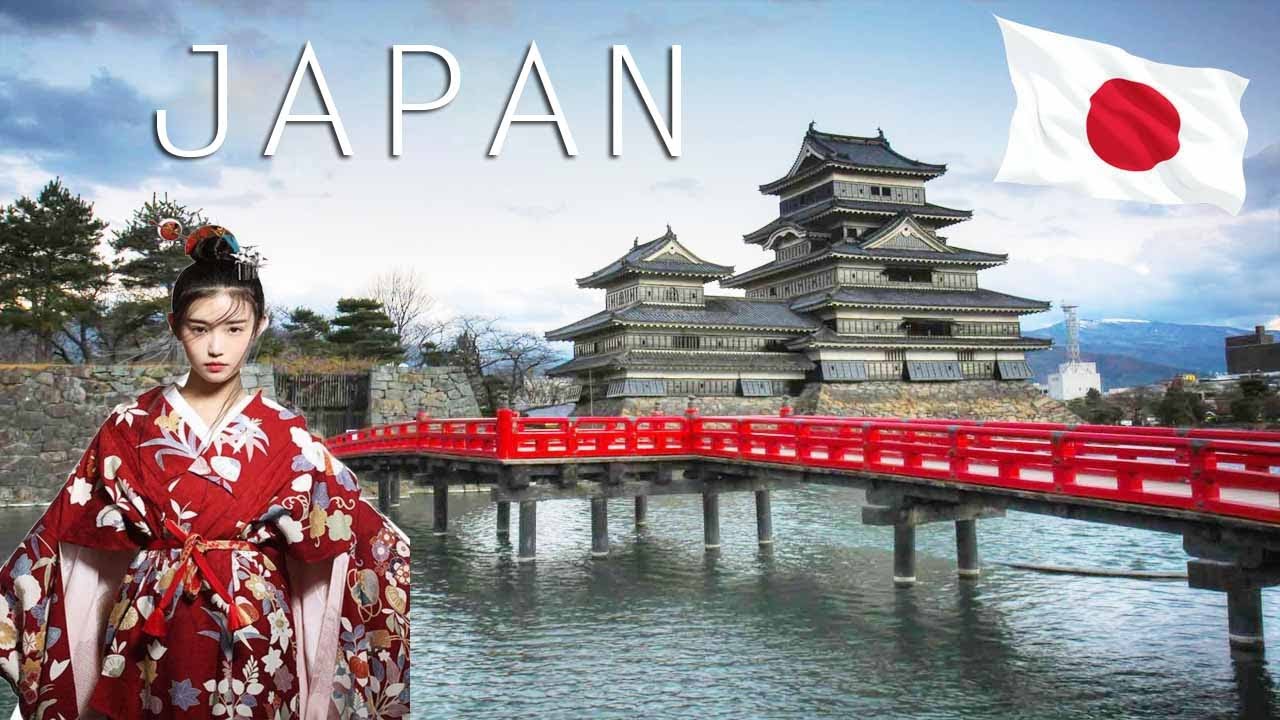Do not doubt the people of Japan; doubt not their intention to build and rebuild. It’s as much the land that embraced the Buddha as it birthed the Samurais. Nature may shake it, people may betray it, and the eternal land where the sun never sets shall not lose the faith in itself. Yet, it remains to be asked whether Japan is underrated?
It’s called the Land of the Rising Sun, for a reason. In fact, it may not be wrong to suggest that the sun just does not ever set on Japan. In a lighter vein of thought, there seems to have been a reason that Japan was hailed as Nippon and the same emerged as a battery brand’s name. Energised, cheerful and staid- Japan excites as much as it intrigues.
And there seem to be myriad positives that flirt with the idea.

Where else but in Japan would you find nature’s worst ravages failing to shake up the morale of the people? There was a nuclear disaster that occurred in March 2012 thanks to the Fukushima nuclear leak. It left an entire country ravaged by uranium fallout. Still, Japan managed to stand up on its own feet.
The number of earthquakes and landslides, over the course of the past few decades, could’ve blasted out any other country, anywhere in the world. Just take cognizance of this simple fact.
Since the time statistics have been invented and data has begun to be collected from around the world, there have been around 1500 earthquakes in Japan at different points in time. Yet, the country continues to live and breathe, in unison, despite having been torn apart by inclement weather and natural calamities.
Recently, we saw an almost entire stretch of western Japan crumpled floods This led to as many as 155 deaths and left hundreds of thousands displaced. Yet, the people of Japan stood up once again and started rebuilding.
To put it simply, Japan’s enthusiasm is like that child’s whose sandcastles are destroyed by a burst of volatile sea-waves. And yet, the child gets up to form his castle again; and again. To China’s Beijing (also known as Peking), Japan answers- but not answers back in rage or arrogance- in the form of Tokyo, amongst the poshest and most expensive cities to live in.
Where China and India are combinedly overpopulating the world, Japan is welcoming the globe to settle down in its cultural vastness and be a part of many sprawling enterprises: whether it is architecture, farming, music, building engineering, arts and culture and, even silk-weaving. In Japan’s Ueda City alone, there rest as many as three distinct forms of silk-weaving traditions, a major source of livelihood for artisans, even today.

Japan’s Geishas conform to roots of patriarchy and yet embody a distinct flair of cultural exuberance that intrigues Hollywood today and has entertained revellers, for the longest possible time. Yet, it retains a slice of heritage minus cheapness. Whether it is the national love for Kit-Kat, believe it or not, Nestle’s highest-selling chocolate bar in the whole of Nippon, or the famous love for Manga comics, a near-equivalent of Tintin in Belgium or Batman in the United States, Japan echoes childlike wonder and innocence that’s hard to replicate.

Whether it is the Skytree in Tokyo- the tallest building in Japan- or the Todaiji Buddhist Temple- in existence since the year 728- or the Mode Gakuen Cocoon Tower, which is the second tallest educational facility for students in the world (designed deliberately to motivate students to find their talents ‘within’) there’s eye-pleasing beauty that also leaves one in awe.

All that told Japan’s real commercial muscle stems from its architectural and engineering prowess. It may be aiding India to build the bullet train now, but back home, the Shinkansen has been in operation since the sixties. The revered bullet train service has grown rapidly like a contagion; one that’s come to support a daily mode of operation for the better part of the country.

Consider a standalone statistic. In the 2012-13 season alone, Japanese trains transported 7.8-8.2 billion passengers. During the same year, Germany transported nearly 2.3 billion, this is when there is a greater network of around 40,000 kilometres. Not too bad, is it? Moreover, its fastest trains travel at a speed of around 300 kilometres, per hour.
In all due respect, where Europe is looked up to for being the land of culture and history, Japan ignites interest in being home being the land of Pagodas. Where tourism is concerned, people come to this pearl in the East to both immerse their-selves in a spiritual sojourn as well as partake in the charm of just what it means to stay inside Buddhist monasteries and temples. In what other countries can you possibly bunk in, inside a temple? Yet, Japan is underrated.

There’s also a distinct strand of sadness in Japan. While over-exhaustion at work kills people as a routine, one can even choose to ‘end one’s life’. Confused? Japan, possibly happens to be the only country in the world that is home to the infamous ‘suicide forest’. The infamous but quaint, Aokigahara, spread in a large piece of land in Mount Fuji has, for the longest time, been a subject of intrigue for Hollywood films and documentary filmmakers. You can simply choose to die there in peace. No one will hurt you or save you. One wonders with so much to experience here, why’s Japan so underrated?
And against this haunting charisma of Japan, the land of economic might, a country with a GDP worth`$5.3 trillion, encompassing an unemployment rate of only 3% rests the distinct charm of a nation that many others aim to become but cannot. Nagasaki and Hiroshima carnages could not slow the nation down. One wonders whether anything can ever daunt the country? Yet, isn’t it true to say Japan is underrated?


